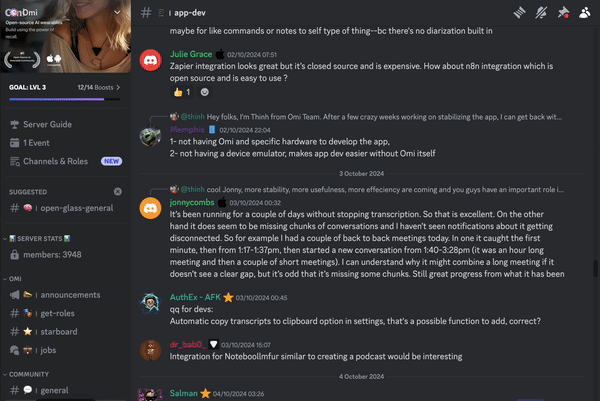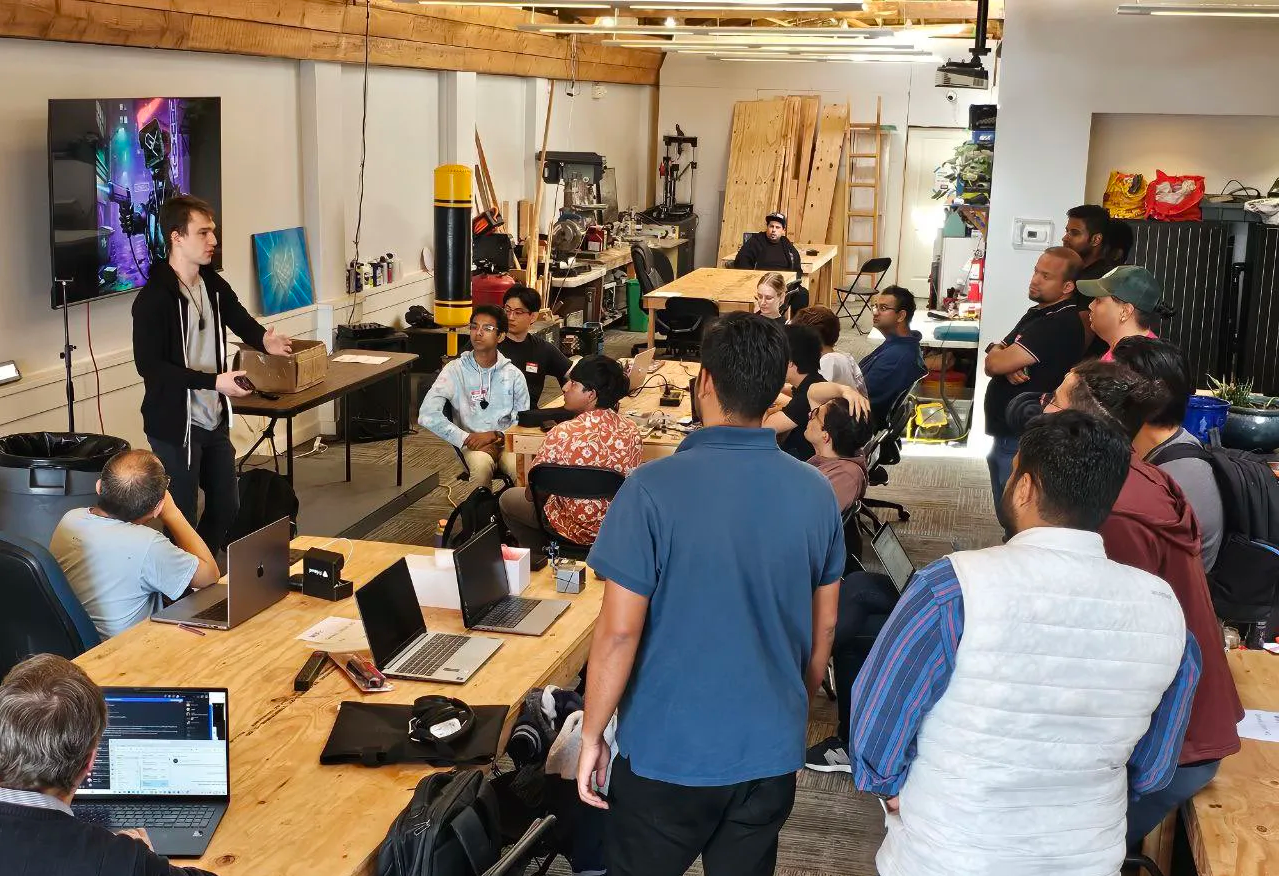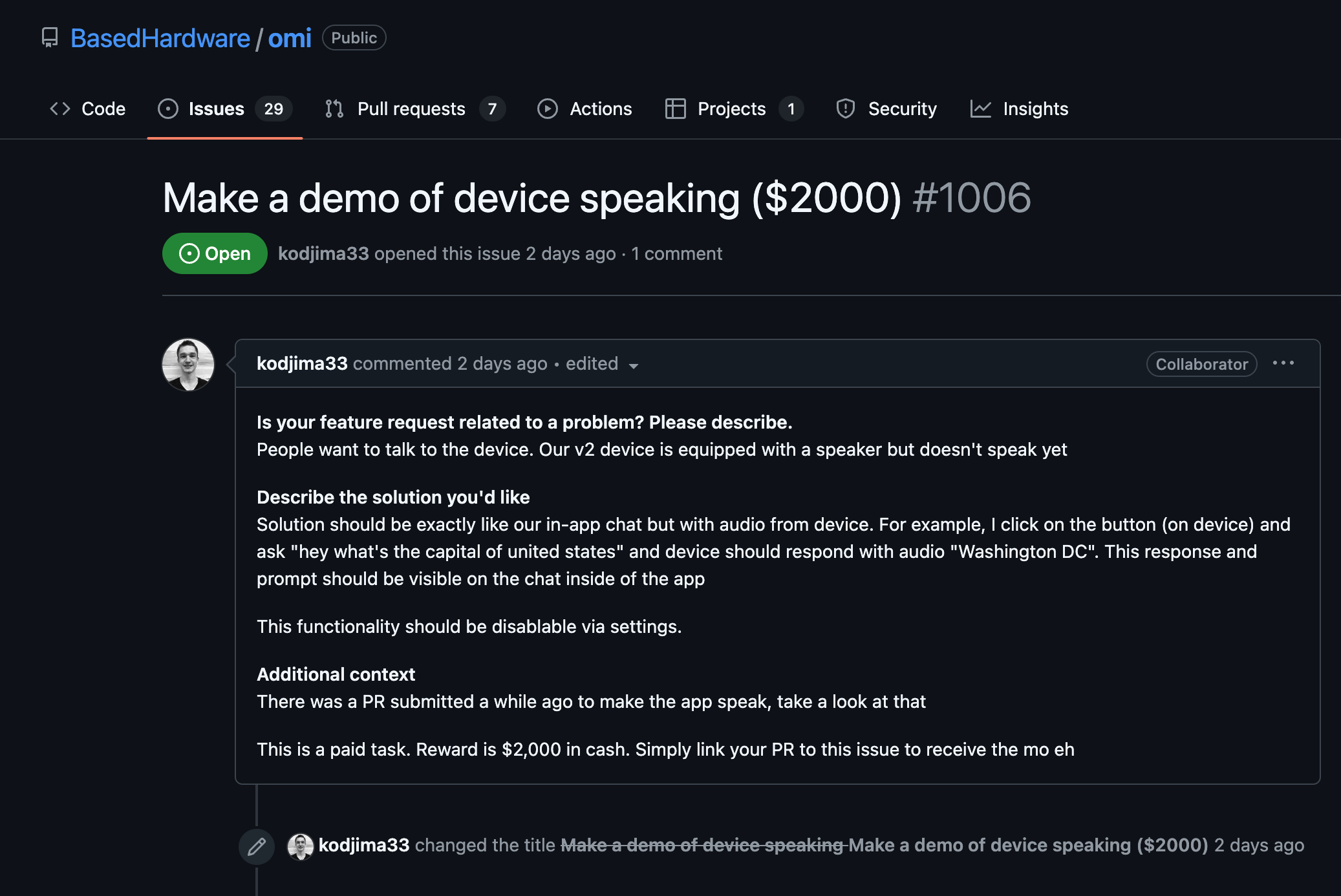Identify Locations of Unsigned Integer Wraparound
- Review the codebase for operations where unsigned integers are being incremented or decremented, especially within loops or critical arithmetic operations.
- Check areas where these variables are used in boundary conditions or limits in firmware applications.
- Analyze any compiler warnings related to the risk of overflow in unsigned integers.
Understand How Wraparound Happens
- When an unsigned integer exceeds its maximum value (e.g., 255 for an 8-bit integer), it wraps around to zero.
- Similarly, decrementing below zero can cause it to wrap around to its maximum possible value.
- Identify potential for such occurrences through understanding of expected value ranges in your application's logic.
Use Larger Data Types
- If possible, switch to a larger unsigned data type like `uint16_t` or `uint32_t` to delay wraparound.
- Consider using conditional preprocessor directives to choose data types based on application constraints and target hardware.
Implement Boundary Checks
Apply Safe Arithmetic Operations
Code Reviews and Testing
- Conduct thorough code reviews with peers to catch overlooked wraparound risks and improve code robustness.
- Implement unit tests that simulate edge cases for your critical integer operations.
- Use test suites to repeatedly run scenarios that check for unexpected behaviors due to wraparounds.
Dynamic Analysis Tools
- Use dynamic analysis tools if available for your IDE or toolchain to detect anomalies with arithmetic operations during runtime.
- Tools that support static code analysis can also identify potential risks and flag problematic sections.
Firmware Architecture Consideration
- In the design phase, allocate specific attention to areas where unsigned integers manage device operation limits.
- Consider implementing a modular design where critical arithmetic operations on unsigned integers are funneled through a centralized safe arithmetic library.
























